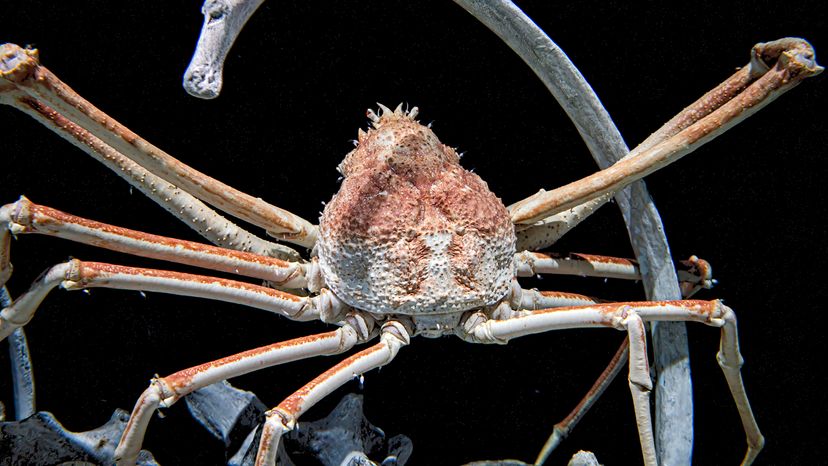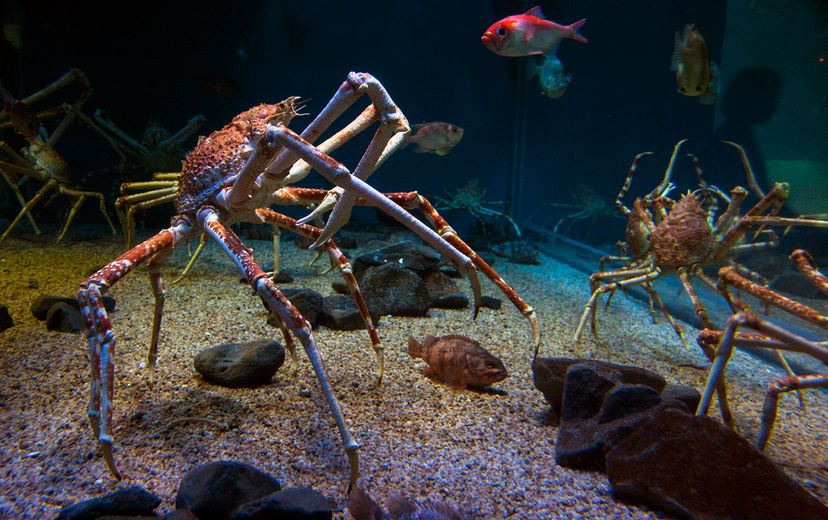
The Japanese spider crab is a fascinating and impressive animal. In fact, it is the largest arthropod in the ocean!
With its long, spindly legs and armored exoskeleton, this giant crustacean looks like something out of a sci-fi movie. Despite its alien appearance, it's an important part of marine ecosystems.
Advertisement
Living along the rocky ocean floor of Japan’s coastal waters, the Japanese spider crab is known for its massive size and impressive camouflage skills. Unlike other crabs, this species spends much of its life in deeper waters, only venturing into shallower waters during breeding season.

